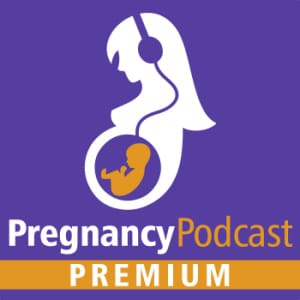Overview
Plastic has been the go-to material for baby bottles for decades, but recent concerns have raised questions about its safety. Although BPA was banned in baby bottles over a decade ago, similar chemicals like BPF and BPS are still used as replacements, and research on their long-term effects is ongoing. Additionally, the issue of microplastics in plastic bottles has become a growing concern, with studies suggesting that babies may be exposed to tiny plastic particles that could impact their development. In this episode, you’ll learn practical tips to minimize risks associated with plastic baby bottles, from safe handling and cleaning practices to the importance of avoiding excessive heat. We’ll also discuss alternatives, including the pros and cons of glass, silicone, and stainless steel bottles. Whether you’re already using plastic bottles or exploring other options, this episode will empower you to make a well-informed choice for your baby’s health and safety.

